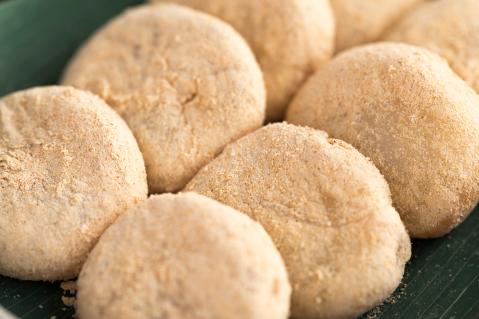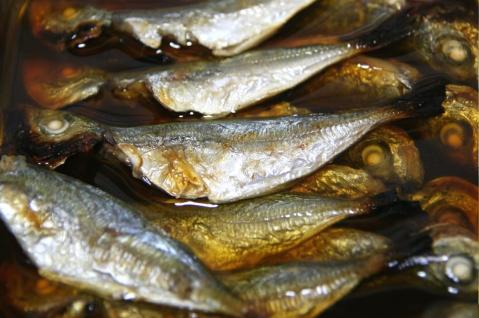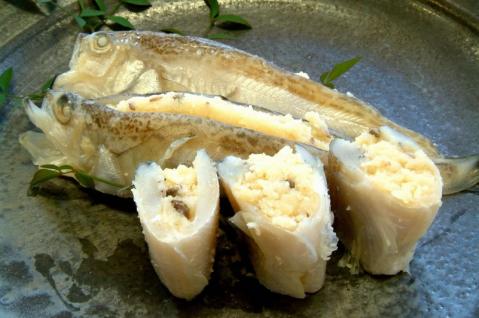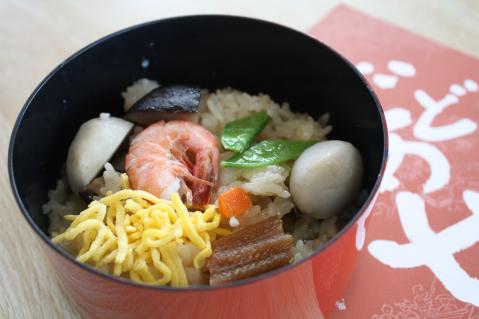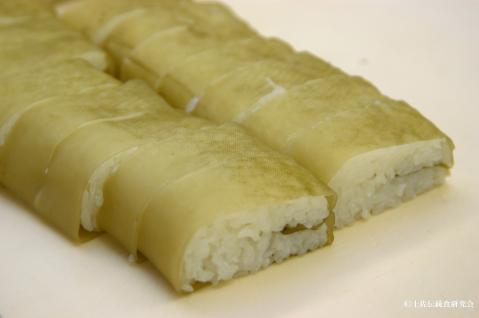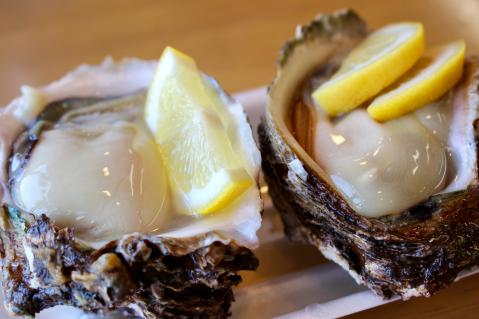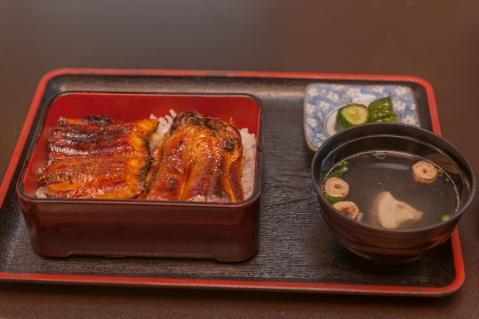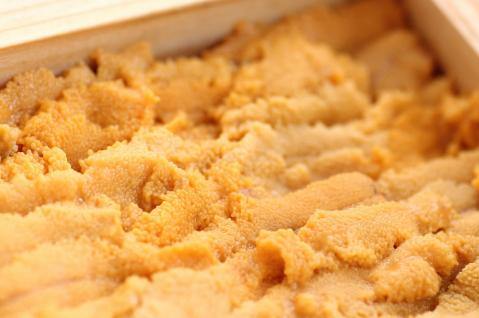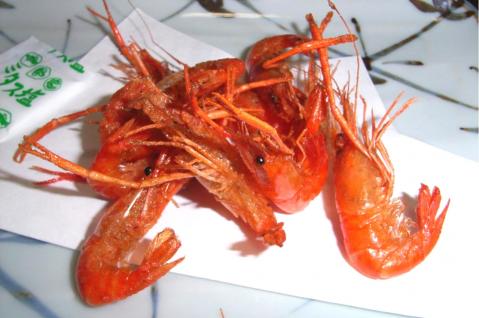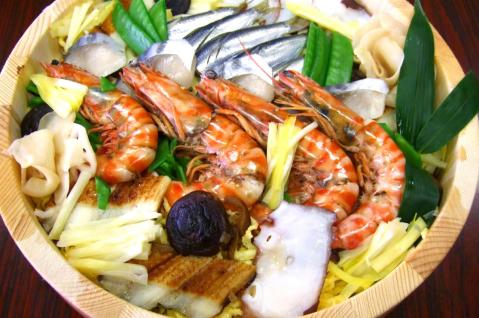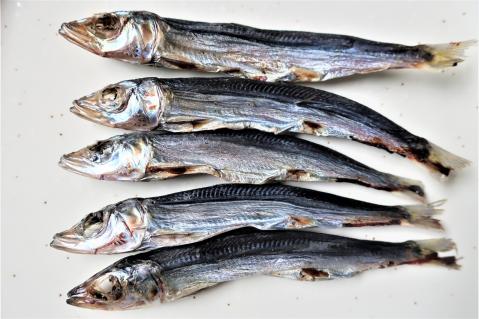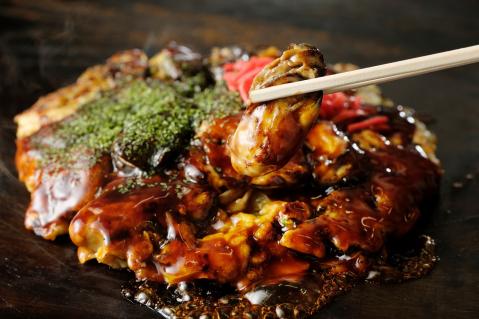Regional cuisine of Chugoku/Shikoku region
Kirazumochi
Okara, which is a byproduct of tofu making, can be eaten throughout Japan and is called “Unohana”, “Kiram”, “Karasu”, and “Oama”. The name “kirido” comes fro...
Three cups of fish (Aji)
Three cups of mackerel (three cups of horse mackerel) are baked fresh mushrooms and pickled in three cups of vinegar. The drinks of summer festival liquors a...
Hatahata sushi
Hatahata is caught more in spring, and the skin becomes thinner. In the Karo district, which is the landing port of Hatahata, I ate Hathahata sushi as a feas...
rock oysters
Tottori's owagaki is large and reaches 20 cm in length and weighs as much as 1 kg. It is a natural product taken by diving fishing etc. Iwagaki, called “sea...
River shrimp (shrimps)
River shrimp is the blessing of the river nurtured by the clear stream of Kochi. It is caught from spring to summer at Shimanto River and Niyodo River. Since...
Yellow leek
Instead of bara-zushi Kinshi-egg, a special Okayama specialty yellow leek is added. It has a good aroma that invites appetite, and it matches the texture and...
Urume sardine maruboshi
“Sardine” named as a weak fish that easily falls in freshness and dies soon. “Urme” comes from the fact that the eyes look moist, as the name suggests. Urme...
HISEI Kakioko
Hinsei Kakioko is a local dish of Okayama Prefecture, and is an okonomiyaki with oysters. Nichi-ku, Bizen City, Okayama Prefecture is known for the best oys...
